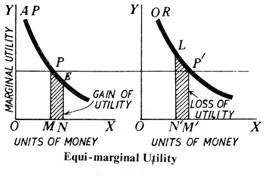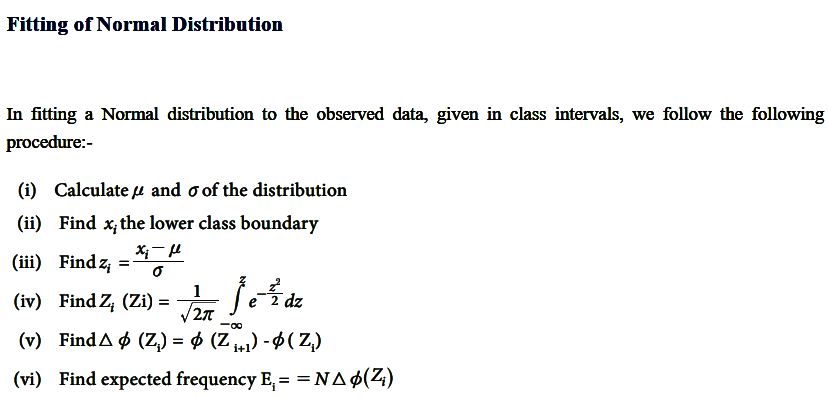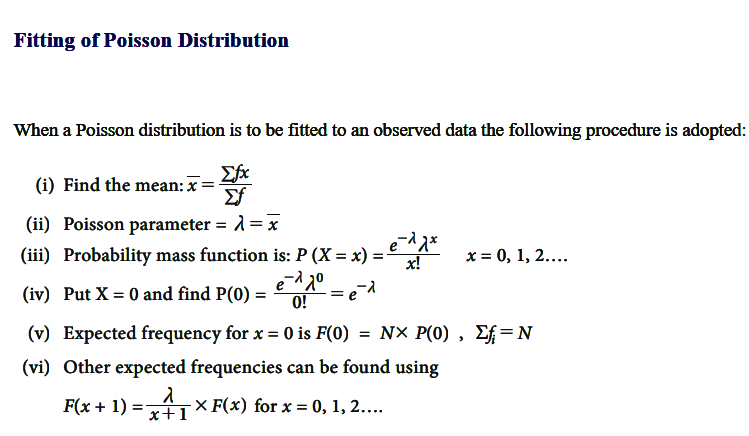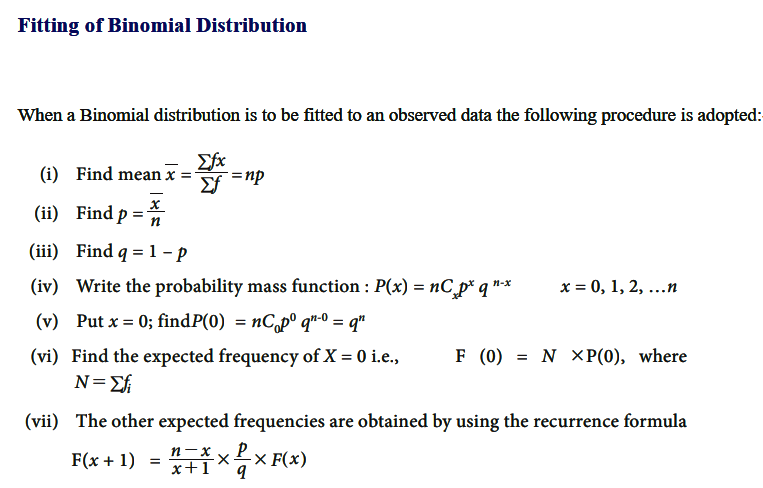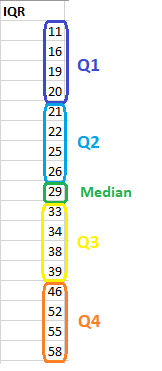Financial Statement Analysis and Interpretation is a comprehensive process aimed at evaluating the financial performance, position, and stability of a company for making informed decisions by various stakeholders. This analysis involves the systematic review of the financial statements, including the balance sheet, income statement, cash flow statement, and statement of changes in equity, alongside notes and other disclosures.
Purpose of Financial Statement Analysis:
Financial statement analysis helps assess a company’s past and current financial performance. By examining key financial ratios and trends, stakeholders can understand how efficiently the company is utilizing its resources to generate profits.
Through trend analysis and the identification of patterns, financial statement analysis aids in forecasting a company’s future financial performance. This is crucial for making informed investment decisions, setting realistic financial goals, and formulating strategic plans.
Lenders and creditors use financial statement analysis to evaluate a company’s ability to meet its debt obligations. It helps assess credit risk and determine the terms and conditions for extending credit, including interest rates and loan covenants.
Investors use financial statement analysis to make decisions regarding buying, holding, or selling securities. It provides insights into a company’s profitability, growth potential, and risk profile, aiding investors in making well-informed investment choices.
Management employs financial statement analysis to evaluate the efficiency of various operational processes. By identifying areas of strength and weakness, management can make informed decisions to improve operational efficiency and overall performance.
Financial statement analysis is integral to strategic planning. It helps in identifying areas for improvement, setting realistic financial goals, and aligning the company’s strategies with market trends and competitive forces.
Companies can use financial statement analysis to optimize resource allocation by identifying areas of excess or deficiency. This ensures efficient utilization of capital, reducing waste and enhancing overall profitability.
Financial statement analysis allows companies to benchmark their performance against industry peers and competitors. This comparative analysis provides insights into a company’s competitive position, helping identify areas where it excels or lags behind.
Financial statements are a primary means of communication with external stakeholders such as shareholders, regulators, and the public. Financial statement analysis ensures that this communication is transparent, accurate, and in compliance with relevant accounting standards.
Importance of Financial Statement Analysis:
Financial statement analysis provides the information necessary for stakeholders to make well-informed decisions, whether it’s about investment, lending, or strategic planning.
It helps in assessing the financial risk associated with a company, which is crucial for both investors and creditors. Understanding a company’s financial risk profile is essential for mitigating potential losses.
Regular financial statement analysis enables ongoing monitoring of a company’s financial health. This proactive approach allows stakeholders to identify early warning signs and take corrective actions as needed.
Financial statement analysis ensures transparency in financial reporting, fostering trust and accountability. Companies that provide clear and accurate financial information are more likely to gain the trust of investors and other stakeholders.
By identifying areas of inefficiency or underutilization of resources, financial statement analysis helps companies allocate resources more efficiently, contributing to improved profitability.
Financial statement analysis provides valuable insights for strategic decision-making. It helps companies align their strategies with market dynamics and make informed decisions that support long-term growth and sustainability.
Techniques of Financial Statement Analysis
This involves comparing financial data over multiple periods to identify trends, patterns, and growth rates. It helps in understanding how the company’s performance is changing over time.
This technique expresses each item in the financial statements as a percentage of a base item (total assets on the balance sheet or sales revenue on the income statement), facilitating comparisons across companies regardless of size.
It’s one of the most powerful tools for financial analysis, involving the calculation and interpretation of financial ratios to assess a company’s performance and financial health. Ratios are typically grouped into categories like liquidity ratios, solvency ratios, profitability ratios, and efficiency ratios.
Evaluates the cash inflows and outflows from operating, investing, and financing activities, providing insights into a company’s liquidity, solvency, and long-term viability.
Key Financial Ratios and Their Interpretation
Measure a company’s ability to meet short-term obligations. A higher ratio indicates more liquidity, but excessively high values may suggest inefficient use of assets.
Assess a company’s ability to meet long-term obligations, indicating financial stability. A lower debt-to-equity ratio signifies a more financially stable company.
Indicate how well a company uses its assets to produce profit. Higher margins and returns suggest better financial health and efficiency.
Reflect how effectively a company uses its assets to generate sales. Higher turnover ratios indicate operational efficiency.
Common-size Statements and Benchmarking
By converting financial statements into a common-size format, analysts can compare companies of different sizes or a company against industry averages. This comparison helps in benchmarking a company’s performance against its peers or industry standards, providing valuable insights into its competitive position.
Limitations of Financial Statement Analysis
Despite its invaluable insights, financial statement analysis has limitations. It relies on historical data, which may not be indicative of future performance. The analysis is also subject to the quality of the financial statements; inaccuracies or biases in the statements can lead to misleading conclusions. Moreover, financial analysis often requires assumptions and estimates, introducing subjectivity into the interpretation of results.
Financial statements are inherently historical, reflecting past transactions and events. While past performance can provide insights, it may not be indicative of future performance, especially in rapidly changing industries or economic environments.
The application of different accounting policies and estimates can significantly affect financial statements. Companies may choose different methods for depreciation, inventory valuation, or provision for doubtful debts, making it challenging to compare financial data across companies directly.
Financial statement analysis primarily focuses on financial data, overlooking non-financial factors that can significantly impact a company’s performance and value. Factors such as market competition, regulatory changes, technological advancements, and management quality are not captured in financial statements but can materially influence future performance.
The analysis and interpretation of financial statements involve a degree of subjectivity, particularly in areas requiring judgement, such as the assessment of asset impairments or the valuation of intangible assets. Different analysts may arrive at different conclusions from the same set of financial data.
Companies might engage in “creative accounting” or earnings management, altering accounting policies or timing transactions to present financial results in a more favorable light. This can distort the true financial position and performance of the company, misleading stakeholders.
Financial statements are generally prepared based on historical cost and do not account for the effects of inflation. Over time, inflation can erode the purchasing power of money, making historical cost figures less relevant for decision-making.
Financial analysis is largely quantitative and may not adequately capture qualitative aspects of the company’s operations, such as customer satisfaction, employee morale, or brand strength. These intangible factors can be crucial for a company’s success.
While standardization in financial reporting (such as IFRS or GAAP) aims to enhance comparability, differences in accounting standards across countries, and choices among allowable methods within the same standards, can still hinder direct comparison between companies, especially in international contexts.
Financial analysis often relies heavily on ratio analysis. While ratios can provide valuable insights, over-reliance on them without considering the broader context or underlying data can lead to erroneous conclusions.
The complexity of financial statements and the technical nature of financial analysis can make it difficult for non-experts to understand and interpret the data accurately, potentially limiting its usefulness for a broader audience.
Case Study Application
Consider a scenario where an analyst is evaluating two companies within the same industry. Through ratio analysis, the analyst finds that Company A has a significantly higher return on equity compared to Company B. However, further investigation reveals that Company A’s higher leverage is boosting its return on equity, which also implies higher financial risk. In contrast, Company B, with lower debt levels, appears financially more stable but less efficient in utilizing equity to generate profits. This nuanced understanding underscores the importance of a holistic approach in financial statement analysis, considering multiple ratios and factors rather than relying on a single metric.
Strategic Decision-Making
The ultimate goal of financial statement analysis is to inform strategic decision-making. For management, it might involve decisions related to investment in new projects, cost-cutting measures, or strategies to improve operational efficiency. For investors, it might influence buy, hold, or sell decisions. Creditors might use the analysis to decide on extending credit or renegotiating terms.
Like this:
Like Loading...
